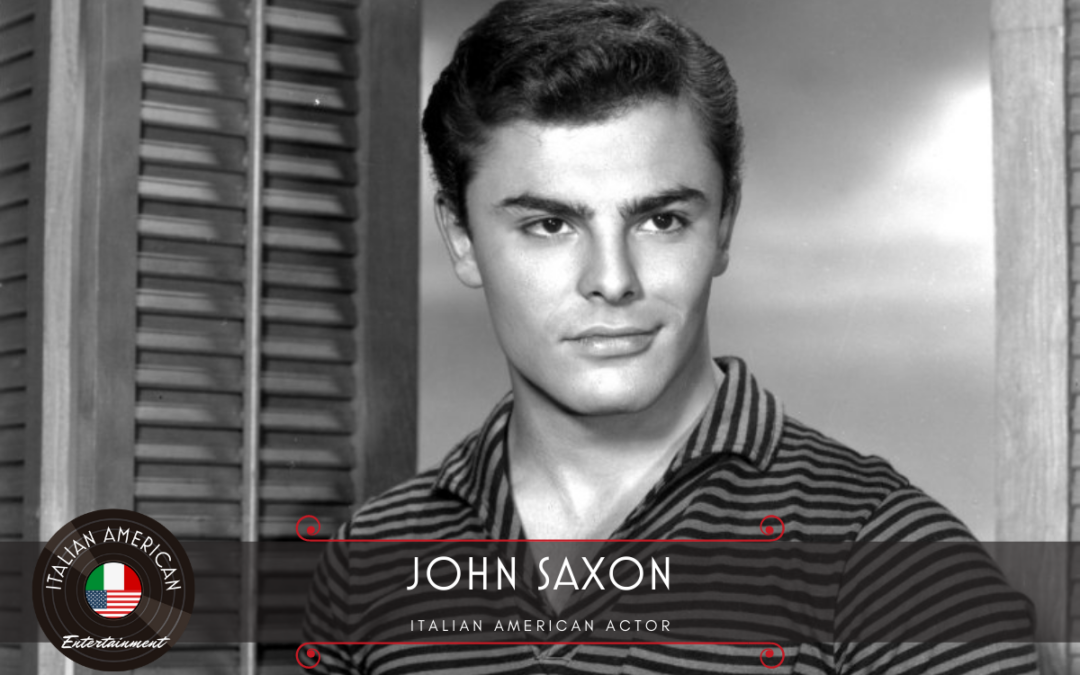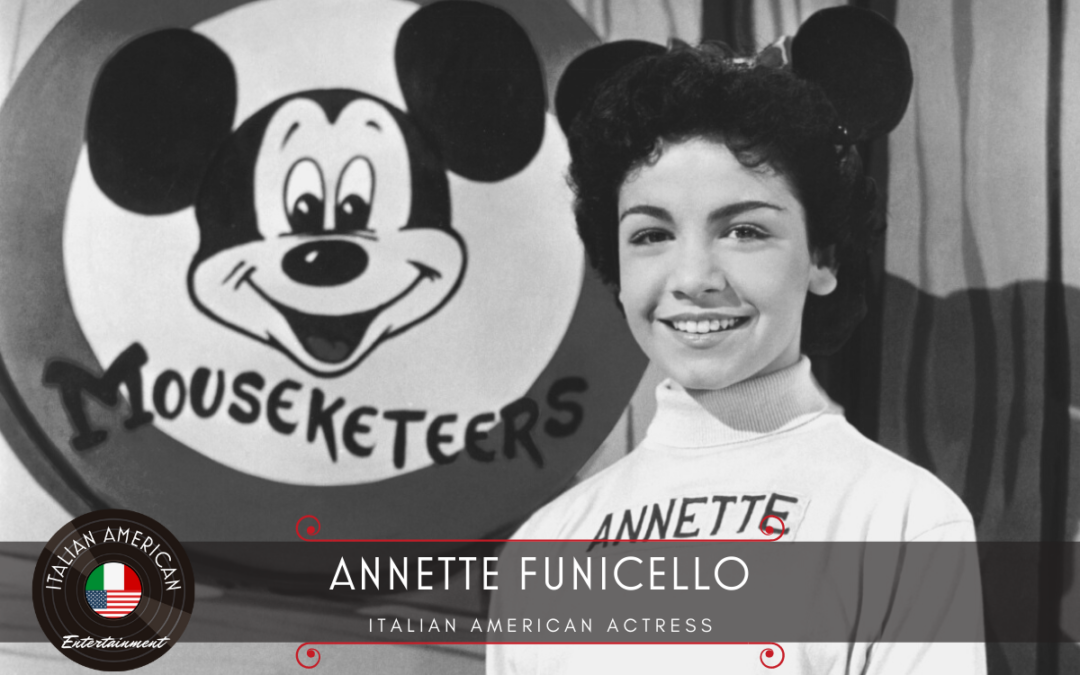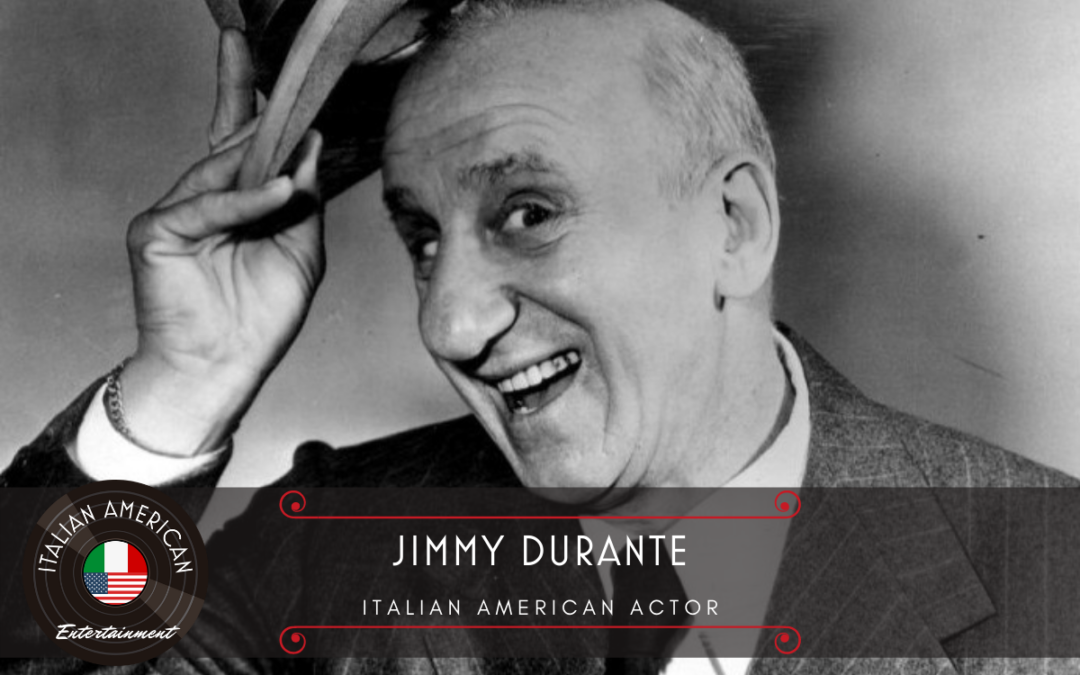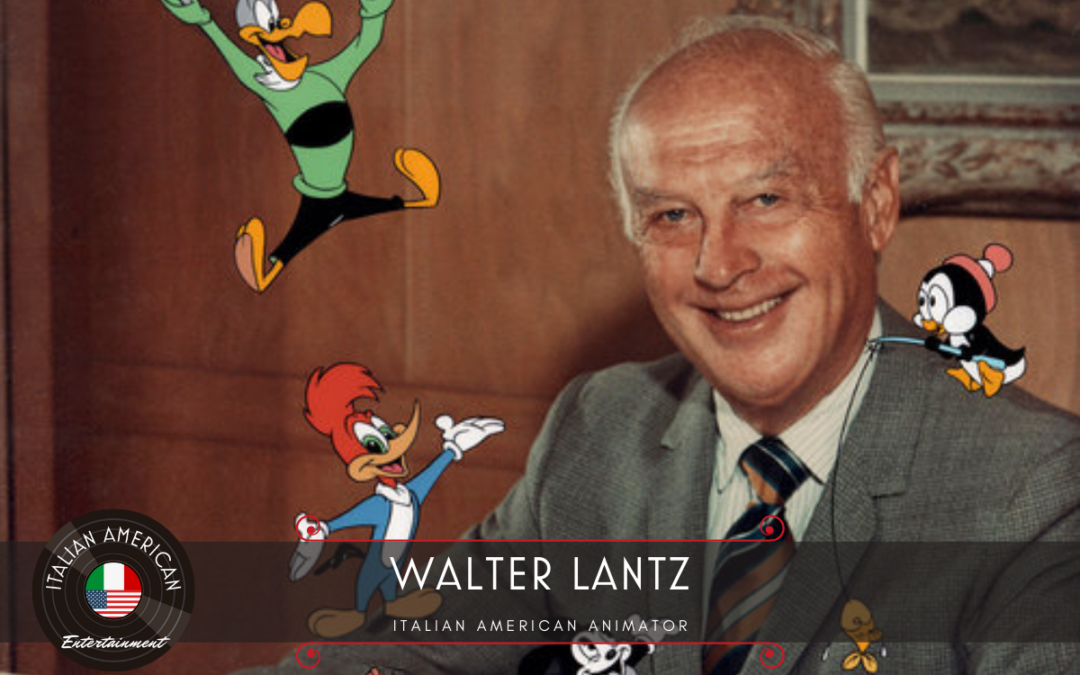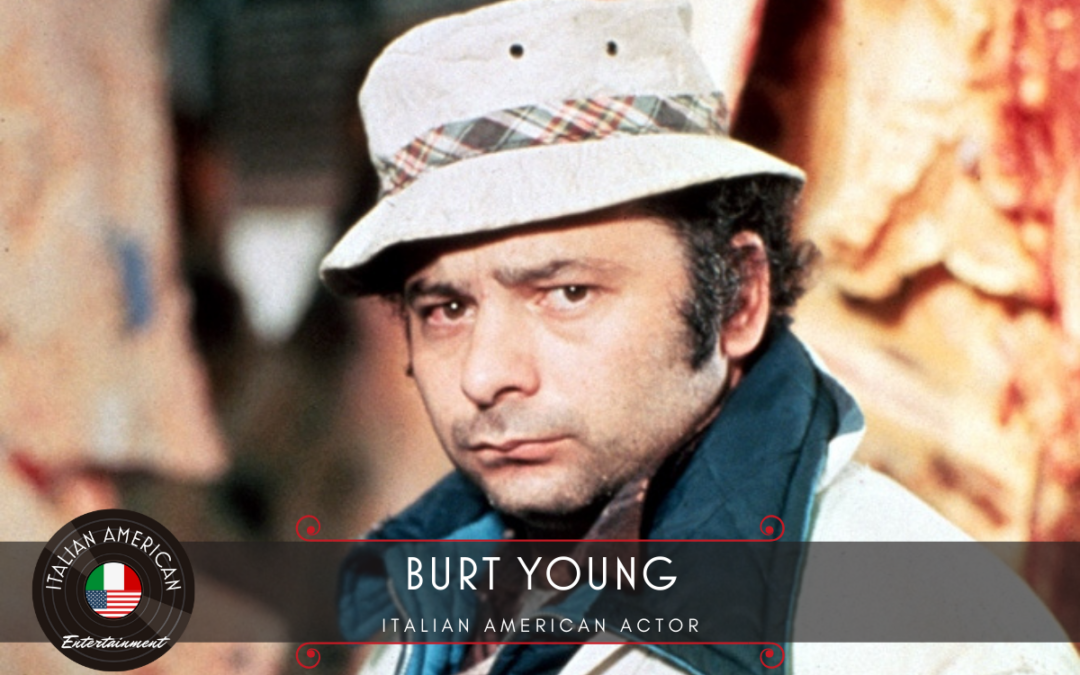
Burt Young – Italian American Actor
Gerald Tommaso DeLouise was born in Queens, New York, the son of Josephine and Michael, both of Italian descent. DeLouise served a tour of duty in the United States Marine Corps from 1957 to 1959. While in the Marine Corps, he won 32 of 34 boxing bouts. He later turned pro and compiled a 17–0 record under three different aliases.
DeLouise went by his stage name, Burt Young, and made his name playing rough-edged working class Italian-American characters, the best-known example being his signature role as Rocky Balboa’s friend (and future brother-in-law) Paulie in Rocky (1976), for which he received an Oscar nomination for Best Supporting Actor. He is one of four actors (the other three being Sylvester Stallone, Stu Nahan and Tony Burton) who have appeared in all of the first six Rocky films.
He has played similar roles in Chinatown, Convoy, Back to School, The Pope of Greenwich Village, Once Upon a Time in America, Last Exit to Brooklyn, and Downtown: A Street Tale. Young has also appeared in many television programs, including The Rockford Files, Baretta, Law & Order, Walker, Texas Ranger, and M*A*S*H.
In 2017, Burt Young returned to the stage as an aged mob boss in The Last Vig, a play written by Dave Varriale. The show ran from January 14 to February 19, 2017, in Los Angeles.
Young is also a painter; his art has been displayed in galleries throughout the world. As an artist, he has collaborated with the writer Gabriele Tinti, for whom he designed the cover for the poetry collection All Over, as well as contributing the illustrations for the art book A Man.
Young is also a published author whose works include two filmed screenplays and a 400-page historical novel called Endings. Young is a widower and has one daughter and one grandson. He lives in Port Washington, New York.

